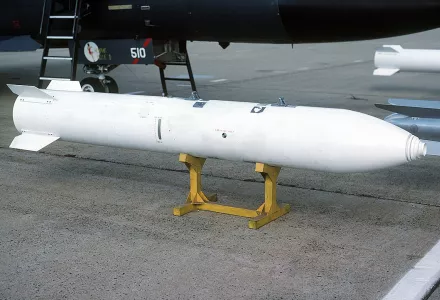Nuclear Arms Control with Nuclear Resonances
A Project on Managing the Atom (MTA) seminar with Areg Danagoulian, Associate Professor of Nuclear Science & Engineering at MIT.
Please RSVP to receive the Zoom link.
A Project on Managing the Atom (MTA) seminar with Areg Danagoulian, Associate Professor of Nuclear Science & Engineering at MIT.
Please RSVP to receive the Zoom link.

Arms control treaties are not sufficient in and of themselves to neutralize the existential threat of nuclear weapons. Technologies are necessary for verifying the authenticity of the nuclear warheads undergoing dismantlement before counting them towards a treaty partner’s obligation. Areg Danagoulian and colleagues have developed a neutron-based concept which uses observations of isotope specific nuclear transitions to authenticate a warhead's fissile components. Most actinides such as uranium and plutonium exhibit unique sets of nuclear resonances when interacting with eV neutrons. When measured, these resonances produce isotope-specific features in the spectral data, thus creating an isotopic-geometric "fingerprint" of an object. All information in these measurements is encrypted in the physical domain through a process called physical cryptography. Using proof-of-concept experiments, these techniques are shown to reveal no isotopic or geometric information about the weapon, while readily detecting hoaxing attempts. This talk will discuss the policy context, the concept of the experimental techniques, along with results from simulation and experimental measurements.
Areg Danagoulian is an Associate Professor of Nuclear Science and Engineering at MIT. He did his PhD research in Experimental Nuclear Physics at the University of Illinois at Urbana-Champaign. After his PhD Areg worked at Los Alamos as a postdoctoral researcher. After this Areg worked in industry, where he developed the Prompt Neutron from Photofission (PNPF) technique, which allows the rapid detection of shielded fissionable materials in the flow of commerce. Areg's current research interests focus on applications of nuclear physics to problems in nuclear security, in such areas as arms control, nuclear safeguards, and cargo security. His research team earned the 2020 Arms Control Association’s Arms Control Person(s) of the Year award, "For developing an innovative new nuclear disarmament verification process using neutron beams."